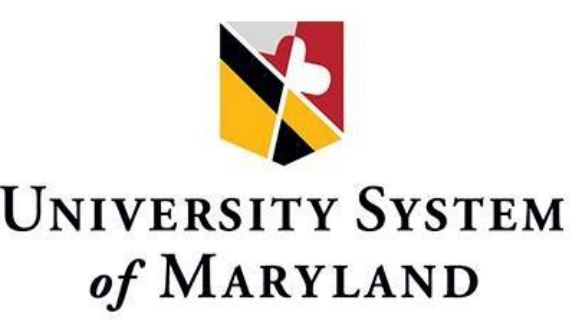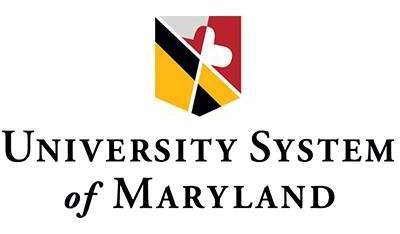[ad_1]
By Mark F. Gray, Staff Writer, [email protected]
When the Maryland Board of Regents unanimously voted to increase the tuition for out-of-state students it was seen as a way to minimize financial impact on those who wanted to continue their education close to home, seemingly at the expense of those from outside the region.
Maryland’s public university and college students from out of state will see as much as a 5 percent increase in tuition next year, after the University of Maryland Board of Regents unanimously approved hikes Friday. However, the state’s smaller Historically Black Colleges and University students won’t be hit as hard since they remain consistent with increases between 1-2 percent.

“The increase is consistent with the trend of recent years,” Mike Lurie, a spokesman for the university system tells the AFRO. “The University of Maryland system is confident that [it will] remain in a strong position to provide education opportunities to its out of state students.”
The state’s four HBCUs represent the most of any region on the I-95 corridor. Three of the HBCUs – Bowie State, Coppin State, and the University of Maryland-Eastern Shore – are under the umbrella of the Board that approved the tuition increase. Morgan is not a part of the Board of Regents and sets its own tuition and fees.
Bowie State will increase by only one percent for out of state students this fall, which is actually less than for in state students who will be paying a two percent increase. Students who attend the Prince George’s County campus from Maryland will face an increase of $111 while their transient counterparts will be spending an extra $162.
Coppin State’s two percent increase across the board means a $217 increase from $10,828 to $11,045 annually for those who attend from outside the free state.
University of Maryland Eastern (UMES) Shore, however, offers a tuition package to students along the Delmarva peninsula that allows residents of low lying areas in portions of Delaware, Pennsylvania and parts of Virginia to attend at a reduced rate comparable to what an in state resident would pay. Their 2.8 percent increase for transients will raise their tuition by $305 thanks to the Eastern Shore Regional Rate plan.
Out of state tuition is approximately three times as expensive as it is for in state residents, which is standard operating procedure at most state colleges and universities around the country. It has forced many HBCUs to lose their true ethnicity in a fight to retain their accreditation when facing the challenges of a financial crisis. The competition to attract elite students from their states is often hampered by the costs associated with attending them.
Maryland is an attractive destination for Black students throughout the eastern seaboard. From Massachusetts to Georgia, families find the mid-Atlantic region attractive for their college child’s matriculation because of the central location and the demographics of the area. Bowie State, in particular, is located in the heart of in the wealthiest African American county in the United States. The constant examples of success that students are exposed in the local community changes their perception of post graduate opportunities which enhance their HBCU experience.
Bowie, Coppin and UMES have expanded academic programs and experienced a revitalization that have coincided with their cosmetic changes through the annual increases. With new academic programs such as the state’s top rated kinesiology at UMES to an expanded mass communications curriculum at Bowie the revenue it generates have made the institutions more attractive to incoming out of state students than in the past.
These tuition increases and the revenue they generate are measures that help the HBCUs stay in line with inflation and help make them remain viable as the cost of college education increases.
[ad_2]
Source link

